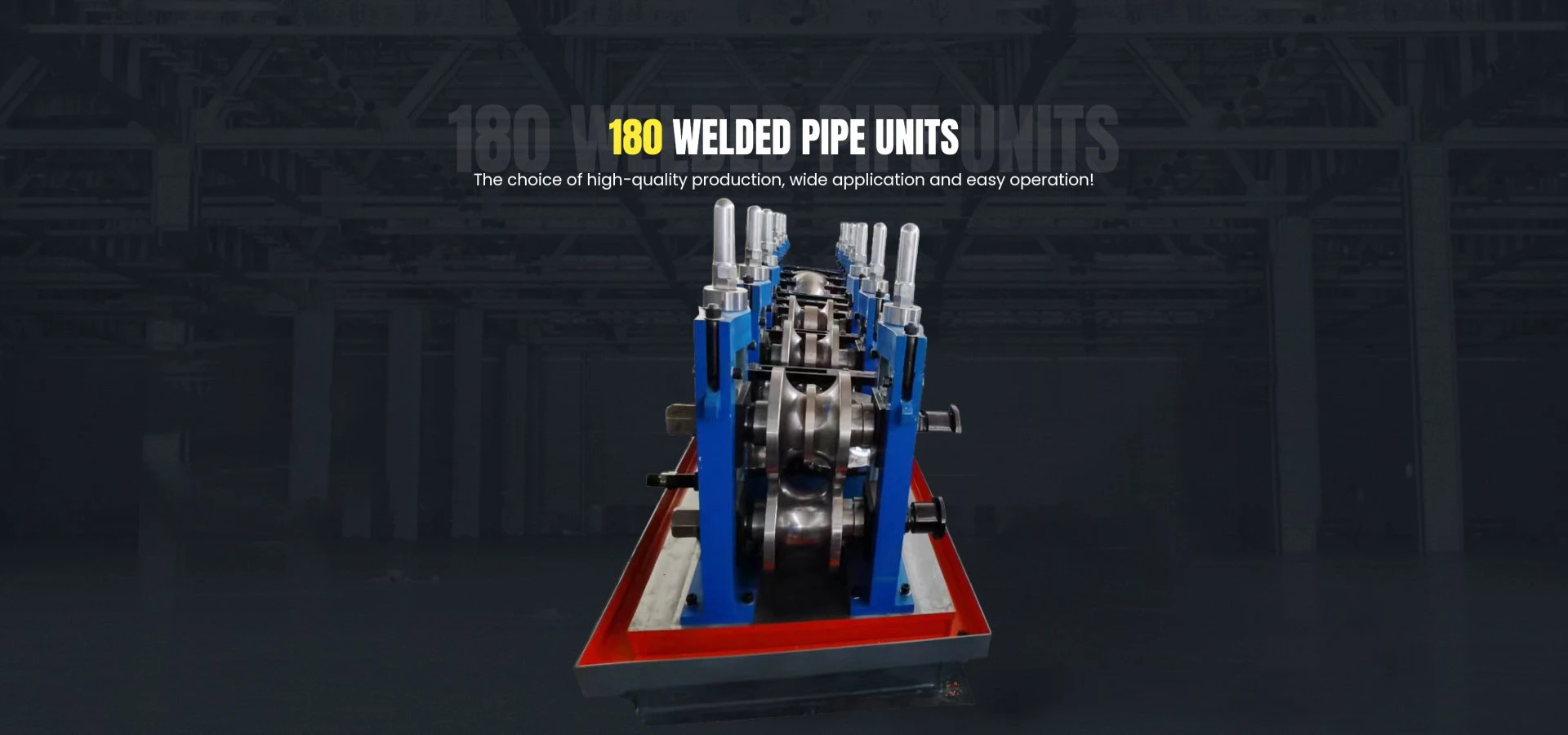Innovative Techniques in Modern Roll Forming Equipment and Their Applications
Understanding Roll Forming Machinery An Insight into Its Role and Applications
Roll forming machinery is a vital component in the manufacturing industry, facilitating the efficient production of a wide range of metal products. This technology is renowned for its ability to shape and form metal sheets into various profiles, which are essential for construction, automotive, and other sectors. This article delves into the intricacies of roll forming machinery, its operational processes, and its vast applications.
What is Roll Forming?
Roll forming is a continuous bending operation where a long strip of metal is passed through a series of rolls that progressively shape it into desired cross-sections. The process is highly efficient, as it can produce long lengths of uniform product with minimal material waste. Unlike traditional metal forming processes, roll forming is characterized by its ability to produce complex shapes without the need for extensive machining or additional processing.
The Machinery Involved
The main components of roll forming machinery include rolling mills, rolls or die sets, and supporting equipment like feeders, shears, and cut-off devices. The rolls are specially designed to shape the metal into specific profiles and are often tailored to meet precise specifications. The setup typically involves multiple pairs of rolls, with each pair performing a sequential bending operation, transforming the flat metal sheet into a finished product.
Operational Process
The roll forming process begins with unwinding a metal coil, which is then fed into the forming section of the machine. As the strip moves through the series of rollers, it undergoes deformation, gradually taking on the desired shape. Advanced roll forming machines may incorporate additional features, such as hydraulic systems for managing pressure and ensuring smooth operation. Once the profiling is complete, the formed strip is usually cut to length using automated shears, resulting in a finished product ready for shipment or further processing.
roll forming machinery

Advantages of Roll Forming
One of the primary advantages of roll forming machinery is its ability to produce parts with high precision and consistency. This is particularly important in industries where exact specifications are crucial, such as in the production of vehicle frames or structural components for buildings. Additionally, roll forming is cost-effective for large production runs, as the tooling can last for years while providing minimal waste. The process also supports a wide variety of materials, including aluminum, steel, and even some alloys.
Applications Across Industries
Roll forming machinery is utilized across numerous sectors. In the construction industry, it is instrumental in creating metal roofing, siding, and framing components. The automotive industry benefits from roll forming through the production of chassis components, bumpers, and reinforcements. Other applications can be found in the manufacturing of furniture, electrical enclosures, and even signage. As industries continue to evolve and emphasize lightweight, durable materials, the demand for roll-formed components is likely to grow.
The Future of Roll Forming
As technology advances, roll forming machinery is evolving as well. Innovations such as automated systems, improved software for design and simulation, and the integration of robotics are paving the way for even greater efficiency and versatility. The push towards sustainability is also influencing the industry, with a focus on reducing material waste and enhancing energy efficiency during the manufacturing process.
In conclusion, roll forming machinery plays a crucial role in modern manufacturing, offering an efficient means of producing complex metal shapes with precision and minimal waste. Its wide-ranging applications across various industries illustrate its value and adaptability, ensuring that roll forming will remain an integral part of the manufacturing landscape for years to come.
-
High Frequency Straight Seam Welded Pipe Production Line-BzZhou Xinghua Machinery Equipment Manufacturing Co., LTD.|line pipe steel&welded gas pipeNewsJul.30,2025
-
High Frequency Straight Seam Welded Pipe Production Line-BzZhou Xinghua Machinery Equipment Manufacturing Co., LTD.|High Precision&Automated SolutionsNewsJul.30,2025
-
High Frequency Straight Seam Welded Pipe Production Line - BzZhou Xinghua Machinery Equipment Manufacturing Co., Ltd.NewsJul.30,2025
-
High Frequency Straight Seam Welded Pipe Production Line-BzZhou Xinghua Machinery Equipment Manufacturing Co., LTD.|Precision Welding, High EfficiencyNewsJul.30,2025
-
High Frequency Straight Seam Welded Pipe Production Line|BzZhou Xinghua|Precision Welding&EfficiencyNewsJul.30,2025
-
High Frequency Straight Seam Welded Pipe Production Line - BzZhou Xinghua|Precision Engineering&EfficiencyNewsJul.30,2025


